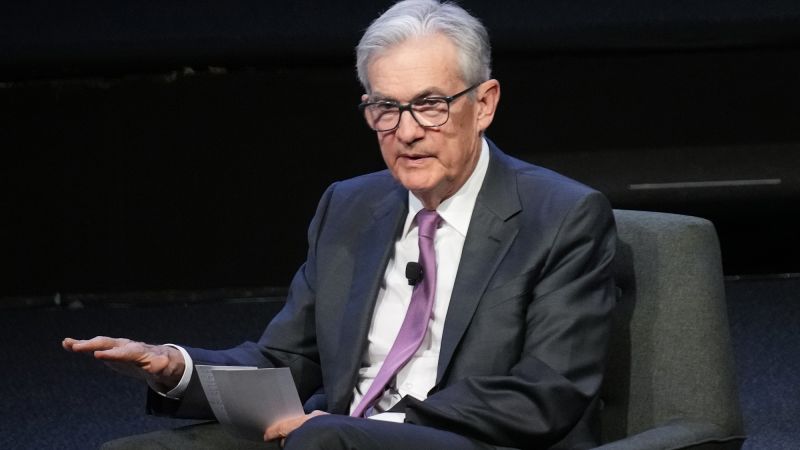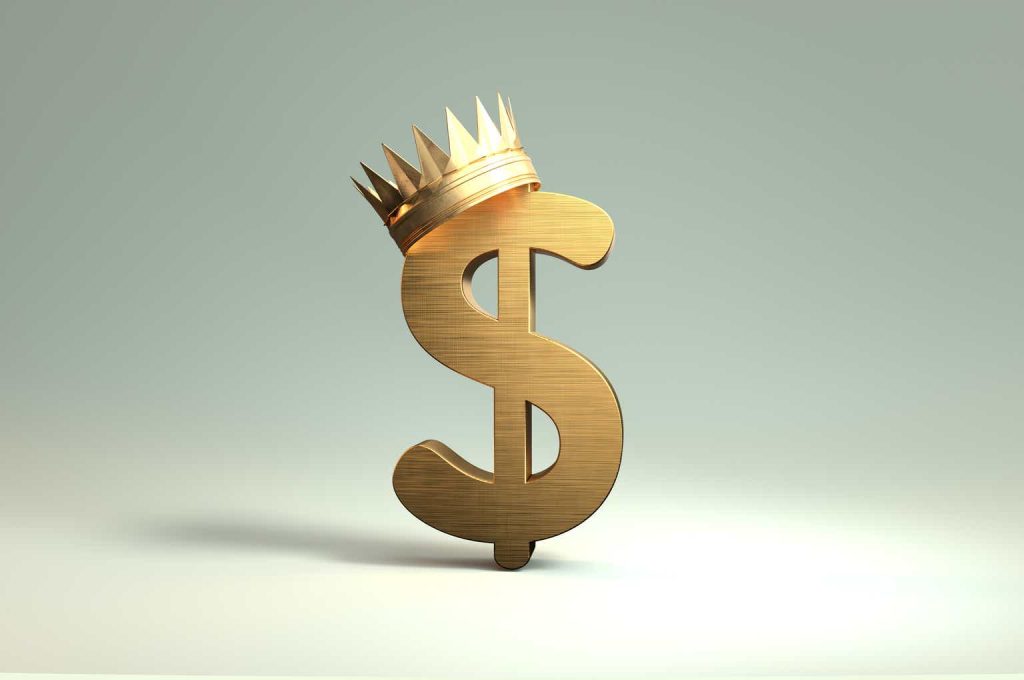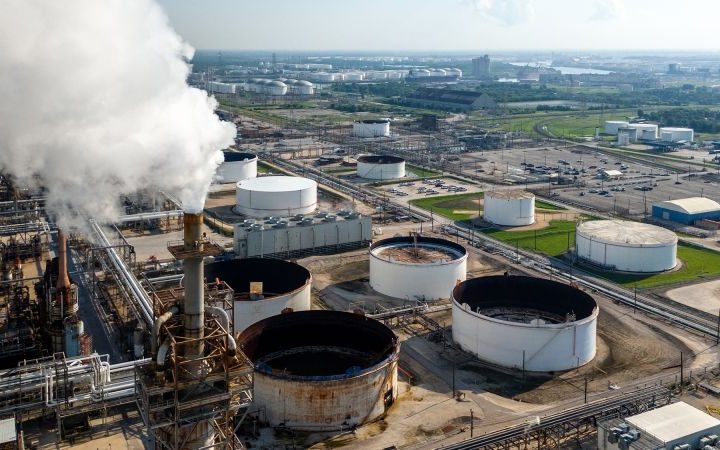The US economy wasn’t supposed to expand this much — or even at all — after so many rate hikes.
But against all odds, the economy grew at an annualized rate of almost 5% last quarter, the Commerce Department reported Thursday. That’s more than double the growth rate the economy experienced last quarter.
To combat inflation, which reached a 40-year high of 9.1% in June 2022, the Federal Reserve aggressively raised interest rates to the highest level in 22 years over the span of 10 months.
Neither has proven to be the case.
By making it more expensive for businesses and consumers to borrow money, those rate hikes were intended to get people to cut back on spending. For a while, many economists feared that the Fed’s rate hikes would climb too high too fast that it would give rise to a recession.
“It’s somewhat mysterious to a degree,” said David Beckworth, a senior research fellow at the Mercatus Center at George Mason University. “I expected there to be more damage done to the economy by now given the speed of interest rate increases.”
Here’s why the economy has continued to defy expectations:
The power of the Fed’s rate hikes is being limited by the many consumers who aren’t getting squeezed by them because they locked in low rates on their mortgages and loans, he said.
That’s left them “relatively insulated from high interest rates,” Beckworth, a former economist for the Treasury Department, told CNN.
Two years ago, millions of Americans were refinancing their mortgages at 4% or below. Now the average 30-year fixed-rate mortgage is approaching 8%.
Another reason the economy grew so much last quarter is people are doing pretty well, all things considered.
Although it’s ticked up slightly in recent months, the unemployment rate is close to a half-century low. And the jobs people have are paying a lot more compared to before the pandemic.
That combined with some leftover stimulus money has left households with close to $3 trillion more in cash than they had three years ago. That’s according to a quarterly Fed report that tracks how much cash households have on hand.
“Because consumer balance sheets are so strong, it’s enabling a lot of spending,” said Courtney Shupert, an economist at MacroPolicy Perspectives. That was the biggest driver of last month’s economic growth.
Workers are becoming more productive, according to second-quarter data from the Labor Department that tracks hourly output per worker. That’s helping grow the economy, Shupert told CNN.
Productivity is up as a result of investments that businesses made over the past several years that ramped up even more due to the pandemic and tightness in the labor market, she said.
Lower rates of employee turnover is also having an impact, she added. “We are seeing from earnings reports that after productivity was disrupted from high turnover, most teams are now appropriately staffed.”
The fact that the economy is so strong in the face of so many rate hikes could be a sign that the Fed hasn’t done enough “to take the heat off the economy,” said Beckworth.
That is to say that without more interest rate hikes, there could be a growing risk that inflation will accelerate even more.
But on the flip side, there’s also a case to be made to let time tell whether the Fed needs to do more
That’s because of what economists refer to as “long and variable lags,” the idea that it takes an unknown, but potentially extensive amount of time before a central bank’s actions are felt throughout the economy.
Still, there’s good reason to question Thursday’s gross domestic product figure. That’s not to say that the Commerce Department misreported the US economic growth rate last quarter.
But Thursday’s figure is an initial estimate that is subject to two subsequent revisions.
Revisions can significantly alter the story the GDP report tells about the state of the economy. For instance, the Commerce Department initially reported economic growth slowed to an annualized rate of 1.1% in the first quarter. However, the figure was revised up to 2%, indicating the economy grew that quarter.
The third quarter GDP figure may get revised down, but it’s unlikely to move the needle significantly, said Shupert. “There’s a lot of underlying strength here.”
But there was one potentially big weak spot: inventories.
Inventory accumulation picked up so much last quarter that it contributed 1.3 percentage points, or 27%, to GDP growth.
EJ Antoni, an economist at the Heritage Foundation, a conservative think tank, took that to be a sign that “firms stocked up to avoid future price increases.”
“That adds to today’s GDP but subtracts from tomorrow, and doesn’t add to long-run growth,” he said Thursday in a post on X. All in all, he views the report as a “classic case of [a] short but unsustainable burst in economic growth.”
Read the full article here







